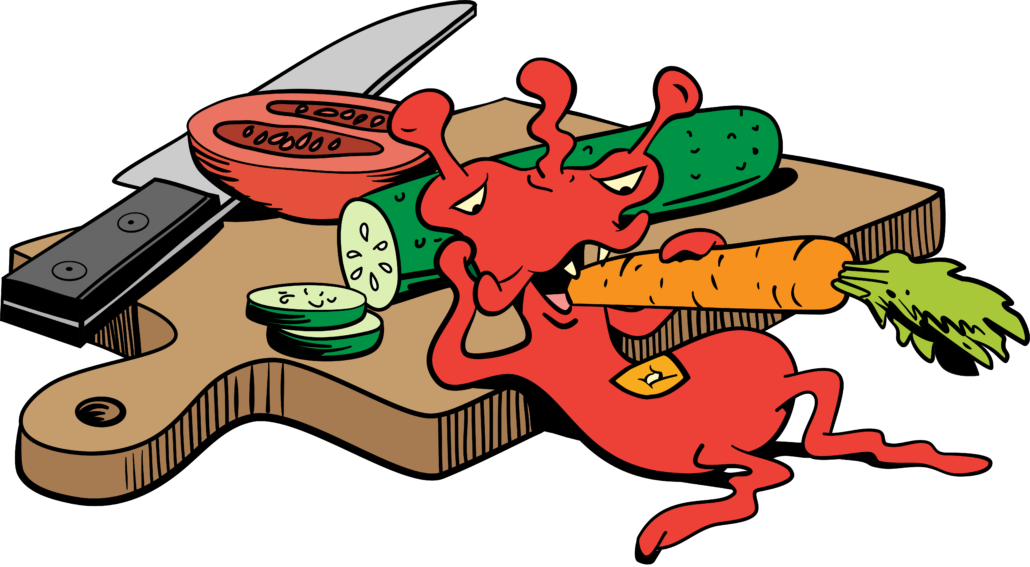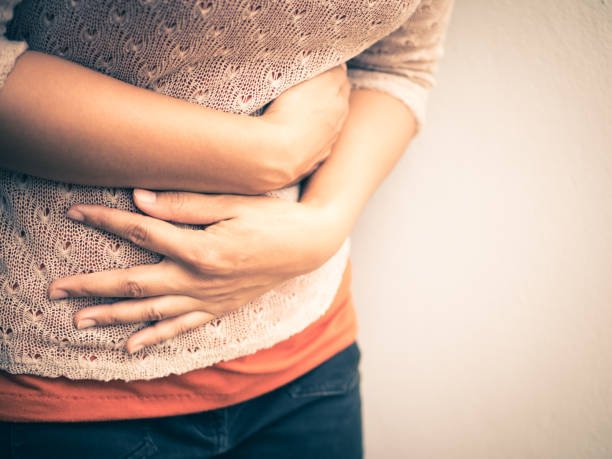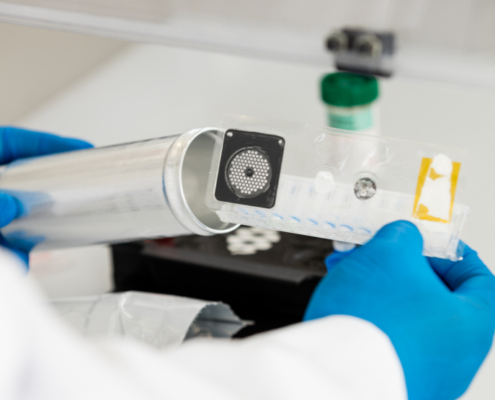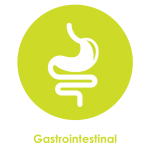Summer Bummer: Cyclospora cayetanensis
When it comes to foodborne illness outbreaks, E. coli, Listeria, and Salmonella tend to hog the spotlight. But one tiny parasite, Cyclospora cayetanensis, also enters the scene nearly every summer. And this nasty pathogen can cause weeks—or even months—of gastrointestinal distress.
Cyclospora infections in the US and EU are typically associated with travelers who have returned from tropical, subtropical, or warm temperate regions, where the pathogen is endemic. But the summer months also see Cyclospora outbreaks from contaminated food that’s been imported from other countries.
During the summer of 2019, for instance, the CDC logged 2,408 laboratory-confirmed cases of cyclosporiasis from patients who had not travelled internationally.1 Some estimates place the annual incidence of foodborne cyclosporiasis in the United States closer to 11,000, but the number could be even higher due to the difficulty of diagnosing Cyclospora infections.2
Many cases of cyclosporiasis in 2019 were linked to fresh basil imported from Mexico.1 The CDC has also noted outbreaks related to fresh produce like raspberries, basil, snow peas, mesclun lettuce, and cilantro.3 While the CDC recommends washing all fresh produce before consuming it, the agency notes that rinsing produce may reduce, but not eliminate, the risk of a Cyclospora infection.4
Diagnosing cyclosporiasis
The symptoms of cyclosporiasis are no joke. Along with watery diarrhea, patients may experience cramping, bloating, nausea, and fatigue. While cyclosporiasis may resolve without treatment, effective treatment can impact the severity and duration of symptoms. Without treatment symptoms can last a month or more, or they can return after having improved.5
Diarrhea, cramping, and nausea may sound familiar to anyone who’s suffered from a “tummy bug.” Because many enteric infections do have similar, overlapping symptoms, it can be difficult for clinicians to identify the causative agent without laboratory results.
According to the CDC, traditional testing methods for cyclosporiasis may require patients to submit several stool samples collected on different days. Additionally, the special laboratory tests required for detecting Cyclospora are not performed routinely and must be specifically requested by the clinician. By the time Cyclospora tests are requested, several other tests may have been run already to rule out more common pathogens.6
The right test, the first time
That’s where the BioFire® FilmArray® Gastrointestinal (GI) Panel comes in to steal the show. The BioFire GI Panel tests for 22 pathogens associated with gastroenteritis—including Cyclospora cayetanensis—all from one patient sample and with results available in about an hour. In fact, the BioFire GI Panel is the only FDA-cleared molecular test for detecting Cyclospora,7 making it the right test, the first time.
BioFire’s syndromic approach to infectious disease diagnostics combines several potential targets into one rapid test, helping take the guesswork out of pathogen identification. The rapid, comprehensive results offered by the BioFire GI Panel may help reduce antibiotic use, lead to more targeted therapy, and reduce downstream testing and procedures.
References:
- Domestically Acquired Cases of Cyclosporiasis — United States, May–August 2019. Atlanta, GA: CDC. 2019 November 19. [cited 2020 June]. Retrieved from: https://www.cdc.gov/parasites/cyclosporiasis/outbreaks/2019/a-050119/index.html
- BioFire® FilmArray® Gastrointestinal Panel Instructions for Use. (page 13)
- CDC. Epidemiology and Risk Factors: Parasites – Cyclosporiasis (Cyclospora Infection). Atlanta, GA: CDC. 2018 May 21. [cited 2020 June]. Retrieved from: https://www.cdc.gov/parasites/cyclosporiasis/epi.html
- CDC. Notes from the Field: Multiple Cyclosporiasis Outbreaks — United States, 2018. Atlanta, GA: CDC. 2018 October 5. [cited 2020 June]. Retrieved from: https://www.cdc.gov/mmwr/volumes/67/wr/mm6739a6.htm?s_cid=mm6739a6_w
- CDC. Disease: Parasites – Cyclosporiasis (Cyclospora Infection). Atlanta, GA: CDC. 2018 May 11. [cited 2020 June]. Retrieved from: https://www.cdc.gov/parasites/cyclosporiasis/disease.html
- CDC. Diagnosis: Parasites – Cyclosporiasis (Cyclospora Infection). Atlanta, GA: CDC. 2018 May 21. [cited 2020 June]. Retrieved from: https://www.cdc.gov/parasites/cyclosporiasis/index.html
- Arbefevelle S and Ferrieri P. Role of Multiplex Molecular Diagnosis for Acute Gastroenteritis. Curr Infect Dis Rep. 22, 9 (2020).





